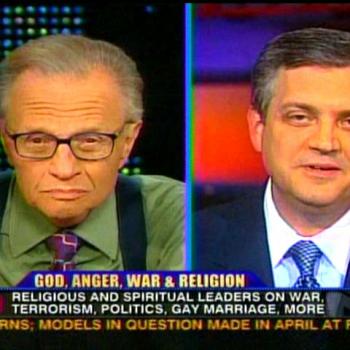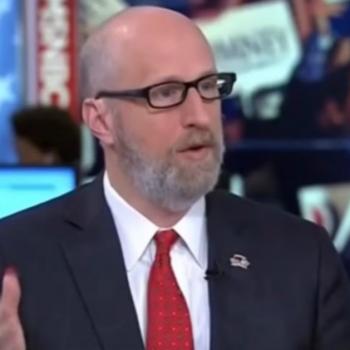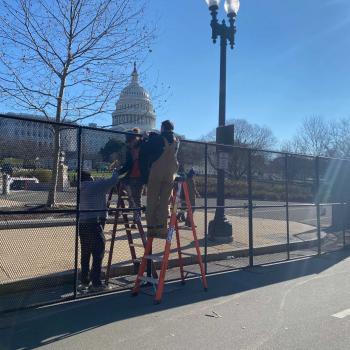Remember how bad the environment was?
The leaders of the Sierra Club, Wilderness Society, Audubon /Society, Izaak Walton League, Friends of the Earth, Greenpeace, and other environmental organizations likewise understood that their memberships would swell in the face of dramatic bad news. To broadcast reassuring, upbeat stories of environmental progress — of which there could have been plenty after 1970 — would have been to diminish the sense of crisis on which they thrived They had an incentive to encourage the idea that they stood as guardians of a natural world under threat from the forces of rapacity and greed. In their search for new recruits and political influence, they had an equally obvious incentive to exaggerate the danger posed by each new problem.
Also contributing to the growing mood of environmental alarm was the spread of counterculture values in the 196s and 1970s. American mainstream culture valued material comfort and was phenomenally successful in achieving it. The counterculture, by contrast, stressed simplicity, warned against hubris, and relished the humbling of the mighty. . . Environmental and counterculture rhetoric sometimes echoed Puritan jeremiads, sermons rebuking a society that had turned away from virtue in a sinful quest for wealth. Where once vengeance would have come from an angry God, now it would come from an overstressed natural world. (Patrick Allitt, A Climate of Crisis [2014], 6-7)
Or what do you remember about safe spaces (from 2015)?
The safe space, Ms. Byron explained, was intended to give people who might find comments “troubling” or “triggering,” a place to recuperate. The room was equipped with cookies, coloring books, bubbles, Play-Doh, calming music, pillows, blankets and a video of frolicking puppies, as well as students and staff members trained to deal with trauma. Emma Hall, a junior, rape survivor and “sexual assault peer educator” who helped set up the room and worked in it during the debate, estimates that a couple of dozen people used it. At one point she went to the lecture hall — it was packed — but after a while, she had to return to the safe space. “I was feeling bombarded by a lot of viewpoints that really go against my dearly and closely held beliefs,” Ms. Hall said.
Safe spaces are an expression of the conviction, increasingly prevalent among college students, that their schools should keep them from being “bombarded” by discomfiting or distressing viewpoints. Think of the safe space as the live-action version of the better-known trigger warning, a notice put on top of a syllabus or an assigned reading to alert students to the presence of potentially disturbing material. . . .
The theory that vulnerable students should be guaranteed psychological security has roots in a body of legal thought elaborated in the 1980s and 1990s and still read today. Feminist and anti-racist legal scholars argued that the First Amendment should not safeguard language that inflicted emotional injury through racist or sexist stigmatization. One scholar, Mari J. Matsuda, was particularly insistent that college students not be subjected to “the violence of the word” because many of them “are away from home for the first time and at a vulnerable stage of psychological development.”
Safetyism was inevitable, right?
Safetyism is a disposition that has been gaining strength for decades and is having a triumphal moment just now because of the virus. Public health, one of many institutions that speak on behalf of safety, has claimed authority to sweep aside whole domains of human activity as reckless, and therefore illegitimate.
I suspect the ease with which we have lately accepted the authority of health experts to reshape the contours of our common life is due to the fact that safetyism has largely displaced other moral sensibilities that might offer some resistance. At the level of sentiment, there appears to be a feedback loop wherein the safer we become, the more intolerable any remaining risk appears. At the level of bureaucratic grasping, we can note that emergency powers are seldom relinquished once the emergency has passed. Together, these dynamics make up a kind of ratchet mechanism that moves in only one direction, tightening against the human spirit. . . .
the upshot of the pattern is that the voices of the safety-industrial complex seem to defer automatically to the arbiters of high-prestige opinion, who are fully invested these days in political warfare against an avatar of evil, and against the half of the population who voted for him. They seem less concerned with the health of the whole populace than with drawing boundaries between the good people and the bad people, along lines that are by now all too familiar.
If you think that people have implicit biases or that w(orld)-(vie)ws actually determine the way we interpret the world around us, then it might be worth considering the prejudices bound up with an old and current alarm and panic over a virus.












